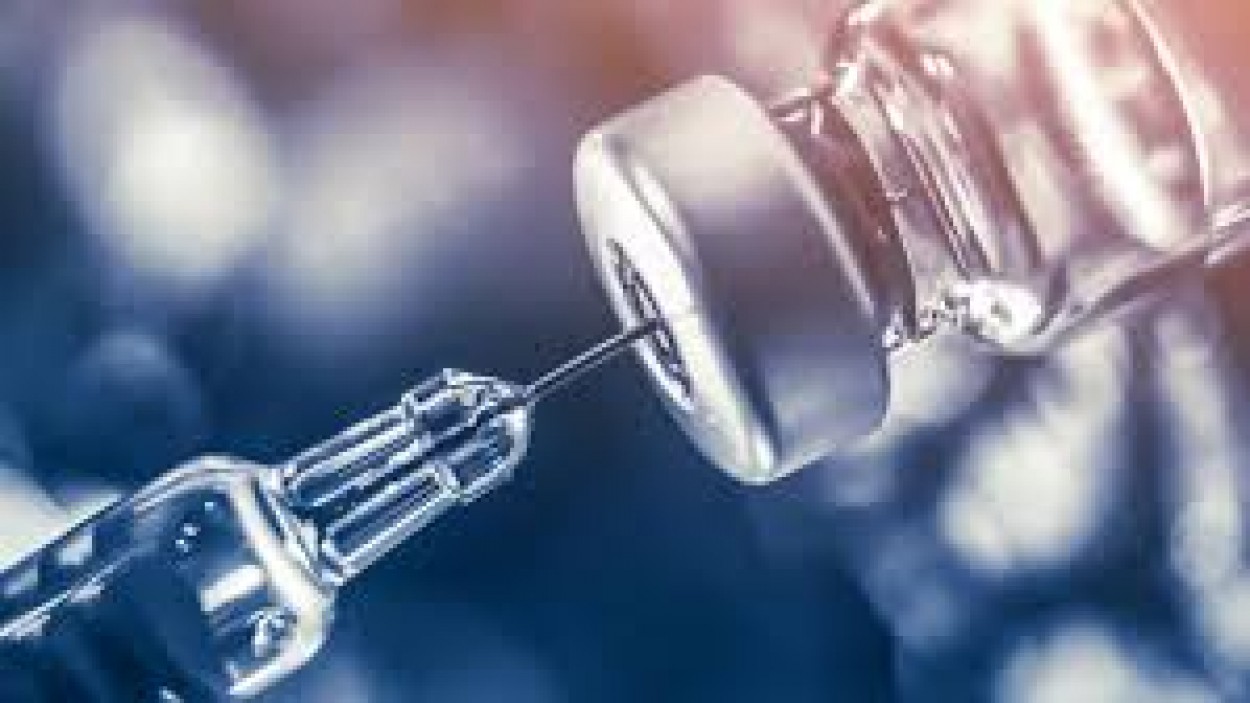
Current Status of Bird Flu H5N1 Vaccine Development in India
Pashu Sandesh, 10 April 2025
Avian Influenza, commonly known as bird flu, has been a recurring concern in India, particularly the H5N1 strain due to its potential impact on poultry and human health. As of April 2025, India has witnessed multiple outbreaks of H5N1 across various states, affecting domestic poultry, wild birds, and even some mammalian species including wild cats, tigers, and leopards. In response, India has implemented various strategies, including surveillance, culling of infected birds, and public awareness campaigns. However, developing and deploying an effective H5N1 vaccine remains crucial for comprehensive control and prevention.
Current Strategies and Policies - India primarily employs a "detect and cull" policy to manage H5N1 outbreaks, which involves culling infected birds, restricting movement, and disinfecting affected areas. This approach aims to contain the spread of the virus promptly. In April 2025, the Department of Animal Husbandry & Dairying (DAHD) implemented a three-pronged strategy to prevent and control bird flu outbreaks.
- Stricter Biosecurity Measures: Poultry farms are required to enhance hygiene practices, control farm access, and follow stringent biosecurity protocols to minimize infection risks.
- Strengthened Surveillance: Increased monitoring and reporting of avian influenza cases to ensure early detection and response.
- Mandatory Registration of Poultry Farms: All poultry farms must register with state animal husbandry departments within a specified timeframe to enhance disease tracking and control.
Current Status of H5N1 Vaccine Development –
The Department of Animal Husbandry & Dairying (DAHD) under the chairmanship of Alka Upadhyaya, Secretary DAHD, held a high-level meeting on 4th April 2025 in New Delhi to review the recent outbreaks of Avian Influenza (Bird Flu) in the country. DAHD has permitted the use of the H9N2 Low Pathogenic Avian Influenza (LPAI) vaccine, developed by the Indian Council of Agricultural Research-National Institute of High-Security Animal Diseases (ICAR-NIHSAD) in Bhopal. This vaccine is now commercially available, and a national study is underway to evaluate its effectiveness. The meeting also extensively discussed the possibility of allowing the use of a vaccine against Highly Pathogenic Avian Influenza (HPAI) in India. Representatives from the poultry industry urged the government to explore vaccination as a strategy to prevent further economic losses in the sector. Scientific experts highlighted that currently available HPAI vaccines do not provide sterile immunity but only reduce virus shedding. Given these complexities, it was agreed that further scientific evaluation is needed before making a policy decision. The meeting recommended conducting detailed science-based assessments to determine the feasibility of HPAI vaccination in India. Research efforts have also been initiated to develop an indigenous HPAI vaccine following global best practices.
Challenges in H5N1 vaccine production
- Virus Mutation and Antigenic Drift
- High mutation rate: H5N1 undergoes frequent genetic changes, especially in the hemagglutinin (HA) gene, which is the primary target of vaccines.
- Result: A vaccine developed for one strain might be ineffective against newer variants.
- Lack of Sterile Immunity
- Partial protection: Most H5N1 vaccines for poultry reduce virus shedding but do not prevent infection completely.
- Issue: This can allow the virus to silently spread in vaccinated flocks, complicating surveillance and control.
- Strain Selection and Matching
- Vaccine effectiveness heavily depends on the matching of vaccine strains to circulating strains.
- India’s perse climate and regional poultry practices make standardization difficult.
- Production Constraints
- Egg-based production (commonly used) is slow and vulnerable to shortages in the event of large outbreaks.
- Need for BSL-3 labs to handle H5N1 safely – India has limited such high-security facilities.
- Newer methods like cell-based or recombinant vaccines are costlier and still scaling up.
- Economic and Logistical Barriers
- Large-scale vaccine deployment in India would require:
- Cold chain management
- Mass immunization campaigns
- Farmer awareness and cooperation
- These are especially difficult in rural areas with small or backyard poultry farms.
- Regulatory and Policy Hurdles
- India currently does not allow preventive vaccination for H5N1.
- Changing this policy requires strong scientific backing, industry consensus, and international compliance (e.g., OIE guidelines).
Conclusion
India continues to grapple with the challenges posed by H5N1 avian influenza. While current strategies focus on containment through culling and biosecurity measures, there is a concerted effort towards developing effective vaccines for both poultry and humans. Ongoing research and collaborations aim to enhance the country's preparedness and response to potential future outbreaks, safeguarding both public health and the poultry industry.











































































